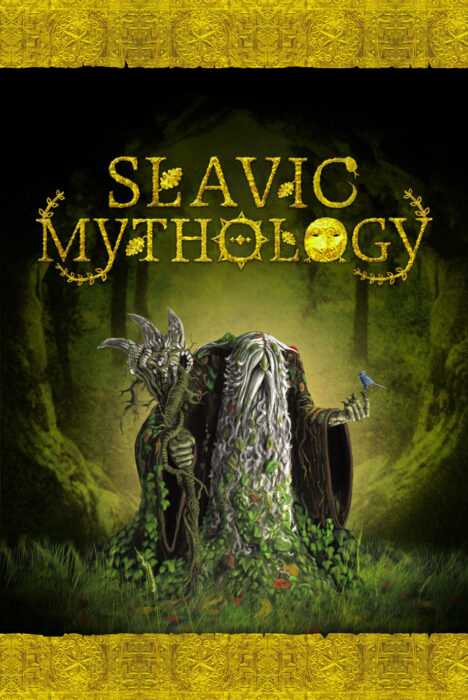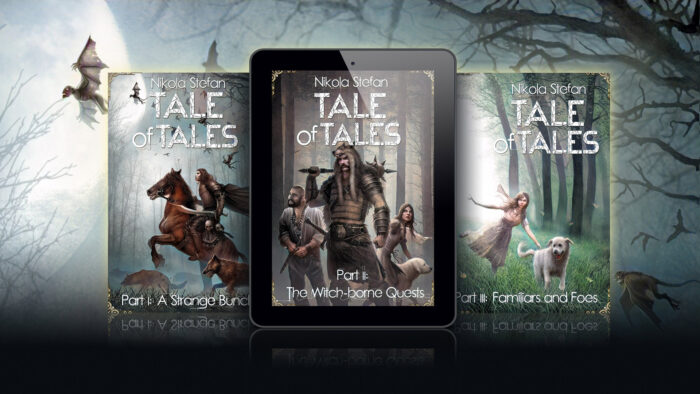Introduction
NOTE: Fragments of each chapter of the book are contained in this extensive online preview. To read and learn more, order the book in your language HERE.

For the wolf, Vuk, who was first expected,
and then he is for long.
A Word from the Author
The book that is in front of the readers is not a fairytale, although it has a lot of fantastical in it. It is neither an encyclopedia of terms, nor a dictionary of everything hidden in the vivid mythology of the Slavic ancestors. It does not attempt to be a scientific, historical, or complete study, but a simple and accessible work, born of love.
For years, I have been researching the depths of Slavic mythology and read works of many smart people, who dedicated their life to the study of this topic. From each I wrote down things I considered interesting, and there are things I heard or saw in person. Although inside me was a burning passion to learn more, I often stayed disappointed because, at least seemingly, all other mythologies found their way to the world in a much more receptive form than Slavic. I was only interested in the essence, without excessive entry into irrelevant details about who said something, when he said it, or where it happened. Without the need to be a historian, I allowed myself to be a storyteller. I was looking for a way to present everything that is known or assumed today about the strange, often ruthless, but always beautiful and mysterious world of old Slavs.
The mythical vision of this miraculous world is supplemented by the works of artists, who in their genes are still carrying traces of ancient fears and beliefs. Therefore, the text and illustrations in this book, with united forces and mutual intertwining, should constantly hold the reader at that vague border between facts and imagination, dream and reality, because along that border is the Slavic soul, and Slavic history, and Slavic mythology.
This book is a universally approachable attempt to follow and understand the traces left by ancient Slavic beliefs and customs, in this or that form present all the way to our days.
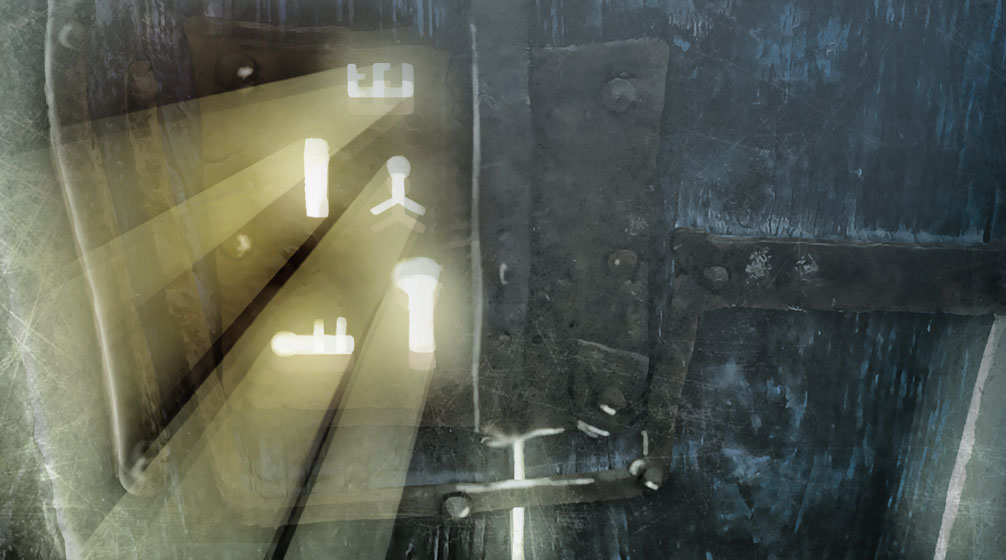
I. Ancient Slavs

The Origin
Today, it is considered that the Slavs are a group of nations that at the beginning of the 21st century inhabits thirty-five percent of the territory of Europe and a large part of Asia. It is divided into three groups: Eastern Slavs (Russians, Belarusians and Ukrainians), Western Slavs (Poles, Czechs, Slovaks and Lusatian Serbs – the latter are considered by some authors to be the successors of the Baltic Slavs) and Southern Slavs (Serbs, Croats, Slovenes, Macedonians and Bulgarians, along with Montenegrins and Bosniaks as in recent times independent members of this group of nations). The fourth group, the former Pomeranian, Polish or Baltic Slavs, no longer exists today, but has been completely Germanized, with the exception of the Lusatian Serbs.
Languages
Slavic languages are still very similar today, and in the past, the differences were even less.
The eldest Slavic language, from which all Slavic languages developed, is called Proto-Slavic or Pra-Slavic. Not much is known about it today, because there are no monuments of the earliest Slavic literacy. It dates possibly from as early as the end of the 3rd millennium, and due to the fact that in the 10th and 11th centuries still existed a clear linguistic closeness of mutually distant Slavic tribes, some scholars considered that Pra-Slavic language existed up to that time, gradually growing into today’s Slavic languages.
Religion
The word god (bog) exists in all Slavic languages and it did not come with Christianity: the old chronicles mention Dajbog, Stribog, Crnobog (Chernobog)… The idea of multiple gods is present even in the Bible, despite the fact that, unlike the polytheism of the ancient Slavs, the Christian faith is of a monotheistic type (belief in one God); it is very difficult to interpret in another way the verses that speak about the creation of the first man: “And the Lord God said, ‘Behold, the man is become as one of us,’” or: “Then God said, ‘Let us make man in our image, after our likeness.’” The very beginnings of polytheism, according to many, represent the worship of natural elements, fire, water and earth, while later development leads to the worship of deep-rooted plants and the most distant ancestor; such development of the first cults is observed all over the world.
Customary Tradition
Customs are part of tradition. An individual is born and respects them, is brought up in accordance with them, and is often not even aware of them at all: only when he comes into contact with members of another community, does he manage to see the peculiarities of his own customs, which until then he considered something natural. There are so many Slavic customs that it would be futile to try to list and explain them all. Instead, it is worth highlighting the ones that essentially represent the ancient Slavs.
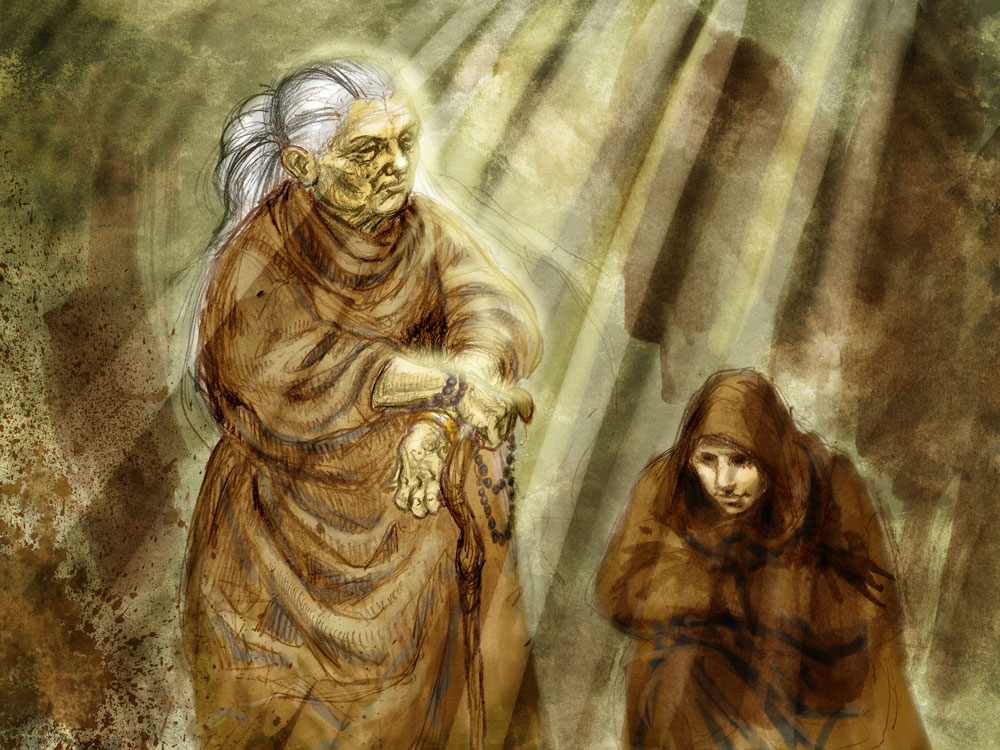
II. Gods
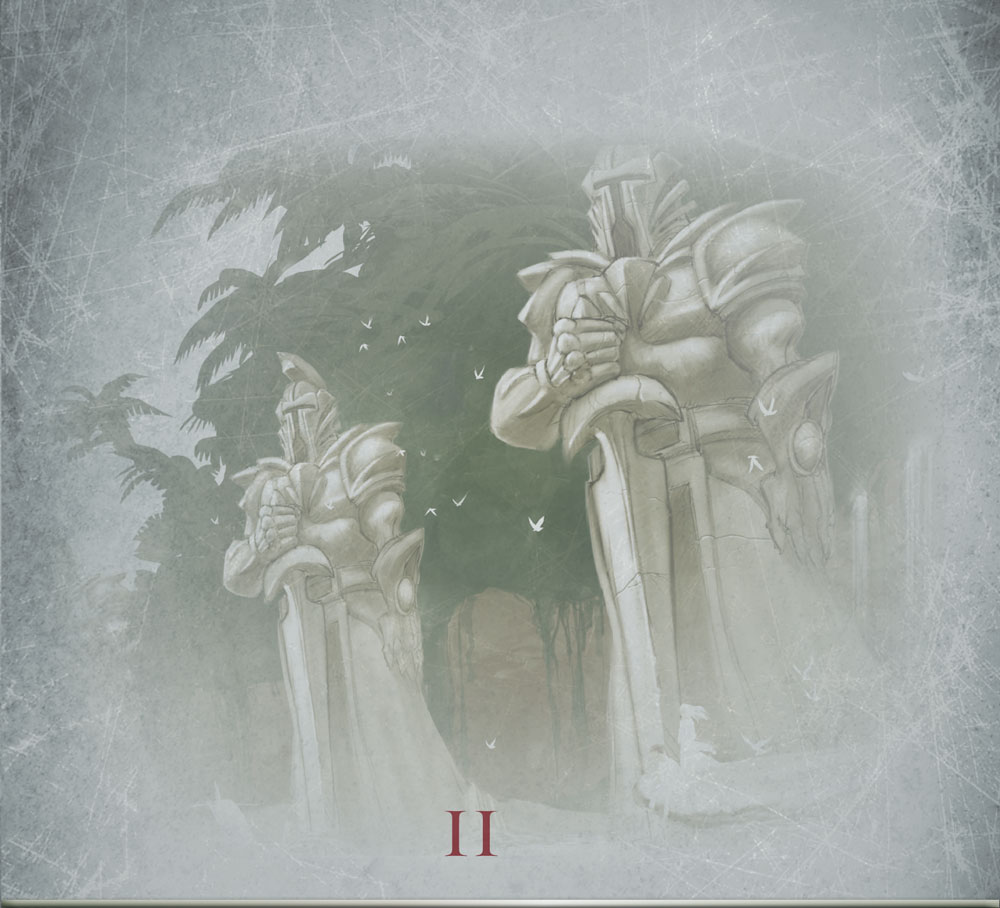
Slavic deities
The pantheon of Slavic gods differs from other polytheistic pantheons in that the Slavic deities are not connected by family or marriage relations in the human sense, except that all gods are “children of Svarog” and come from him. Different Slavic tribes respected different deities, their tribal protectors, more than other gods. Because of this, the very existence of the Slavic pantheon as such was doubted earlier. Nevertheless, today it is quite certain that all Slavs celebrated the same Slavic gods, although their attention was always mostly directed towards “their god”, the protector of the tribe.
Svarog
Svarog is the supreme incorporeal God, the one for whom a capital letter is preserved, the primordial creator of the bright sky under whose roof “everything is born and becomes”. He is the forefather of the earth and every “kin and yield”, that is, everything on earth, but also the creator of the entire universe. This god was considered by all Slavs to be “full of glory and divinity” because he governs the sky that is above and beyond everything, yet encompasses everything. Svarog sleeps and in his dream he created this world which he entrusted to Perun and the other gods to guard and manage. He cannot directly affect the physical, material environment of which he dreams, but he can therefore influence the will of other gods, and this is where his influence is enormous. His awakening will mark the end of the world. Alternative names: Rod and Usud.
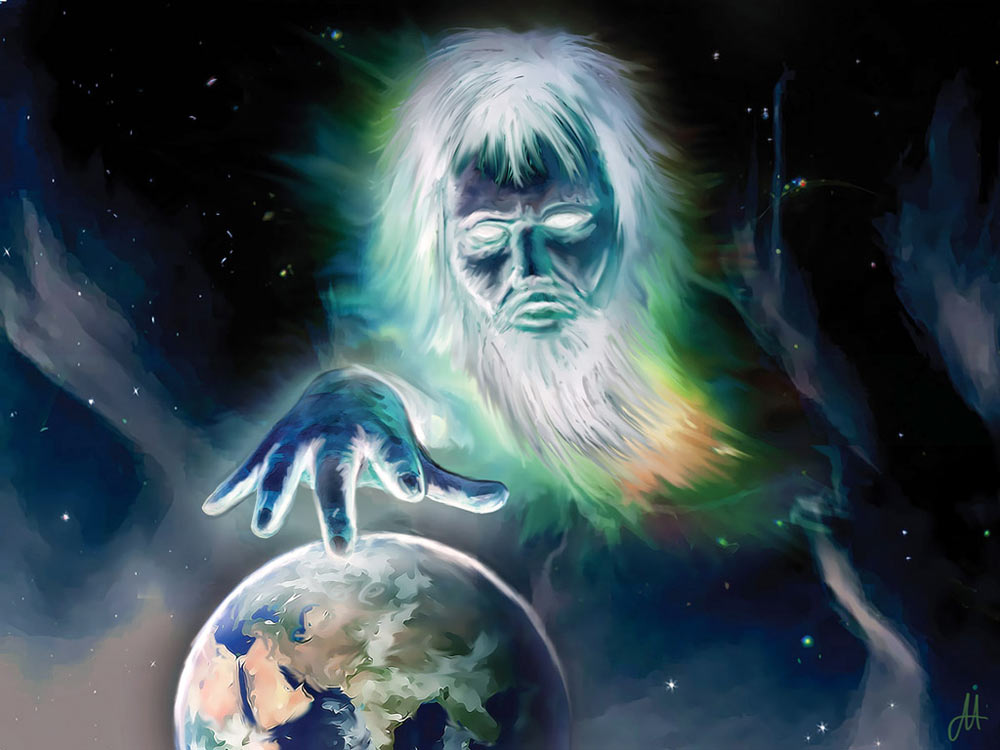
Perun
Coming soon
Stribog
Coming soon
Crnobog
Coming soon
Triglav
Coming soon
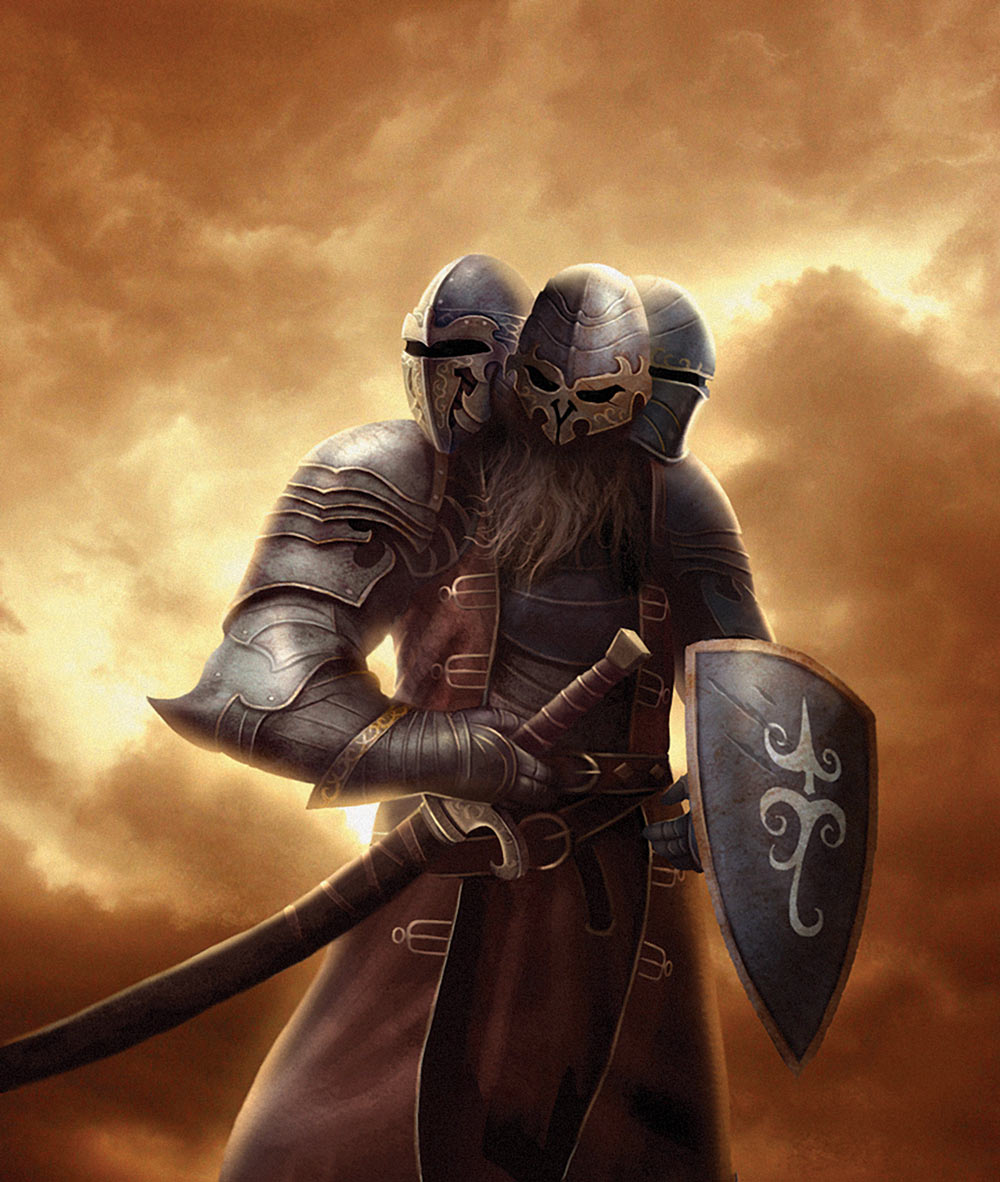
Veles
Coming soon
Dajbog
Coming soon
Jarovid
Coming soon
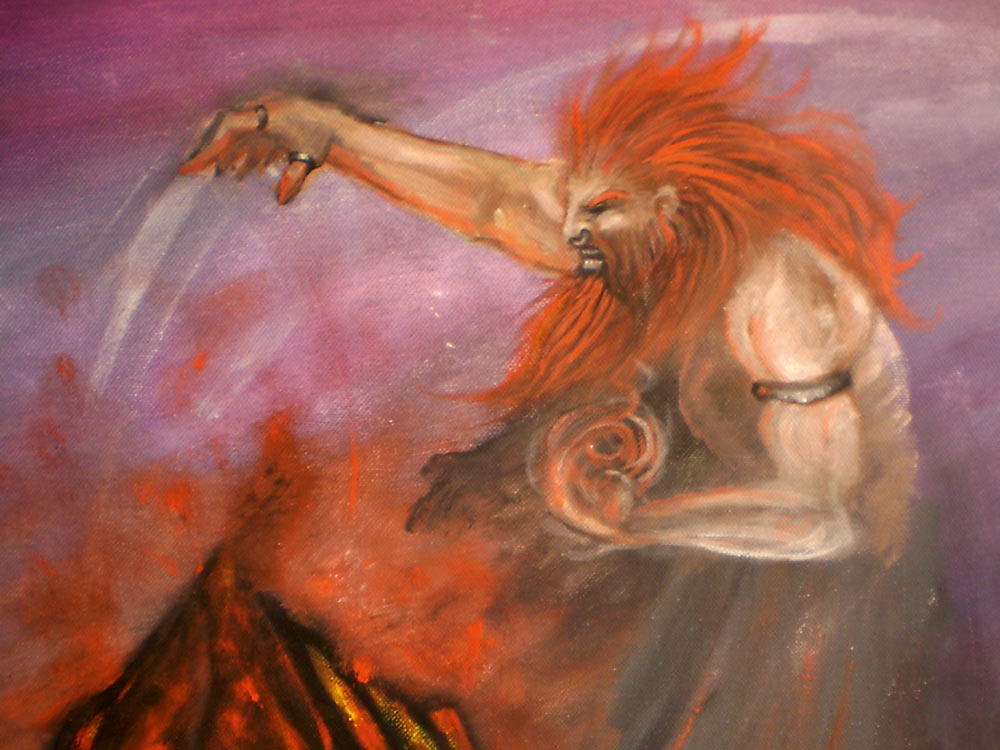
Svetovid
Coming soon
Vesna
Coming soon
Morana
Coming soon
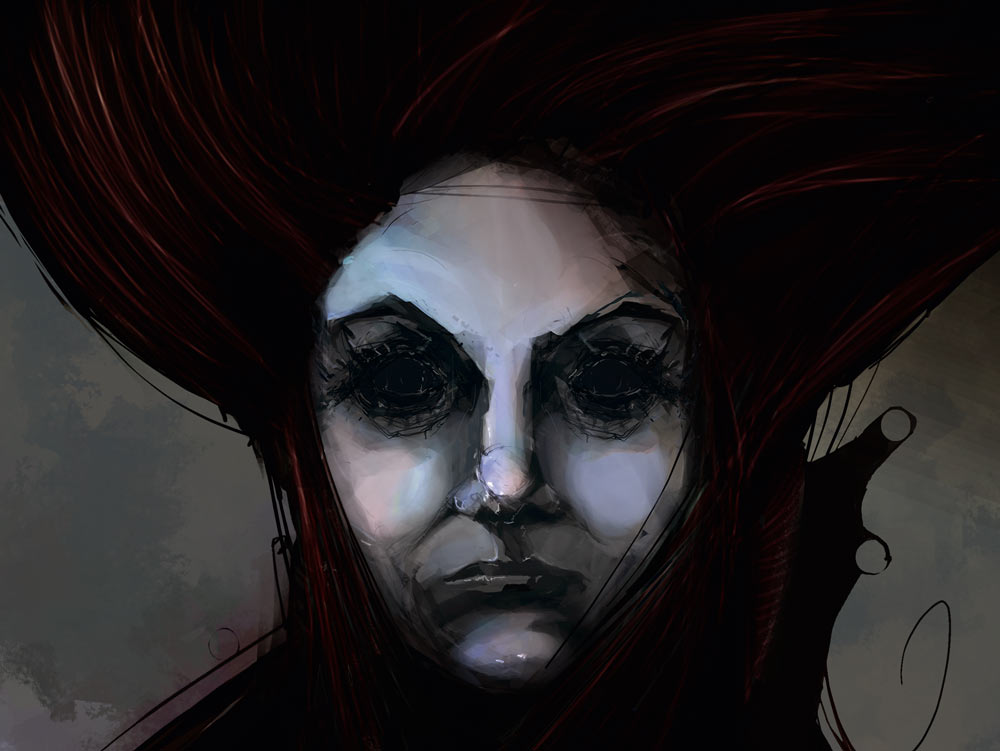
Mokosha
Coming soon
Horses of the Gods
Coming soon
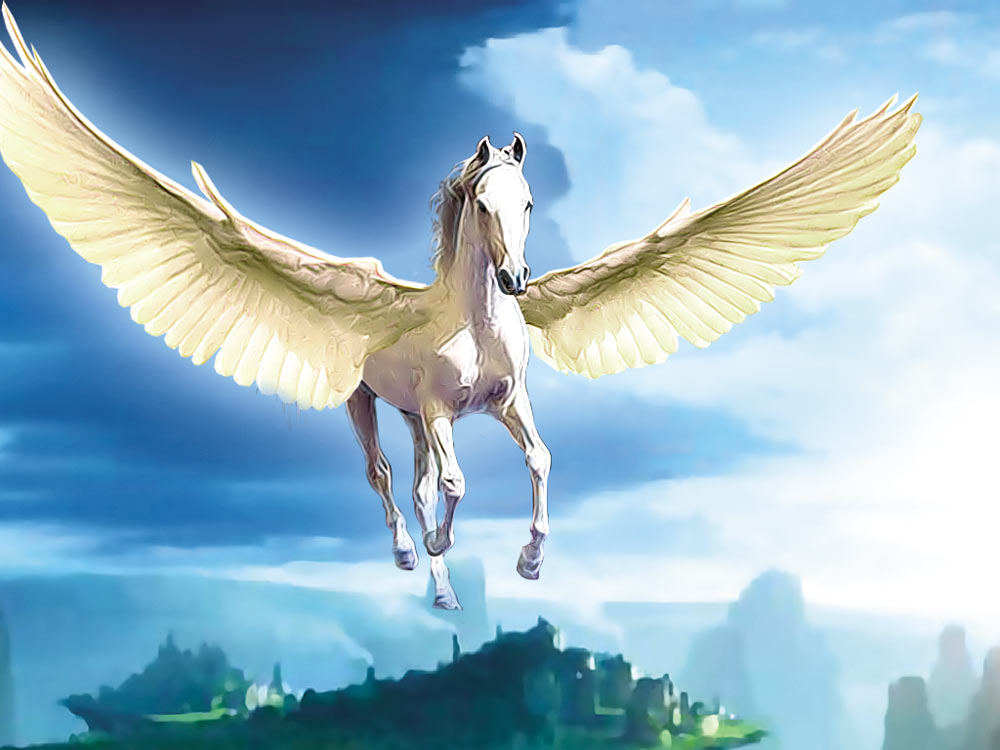
Idols of the Gods
Coming soon
Temples and Shrines
Coming soon
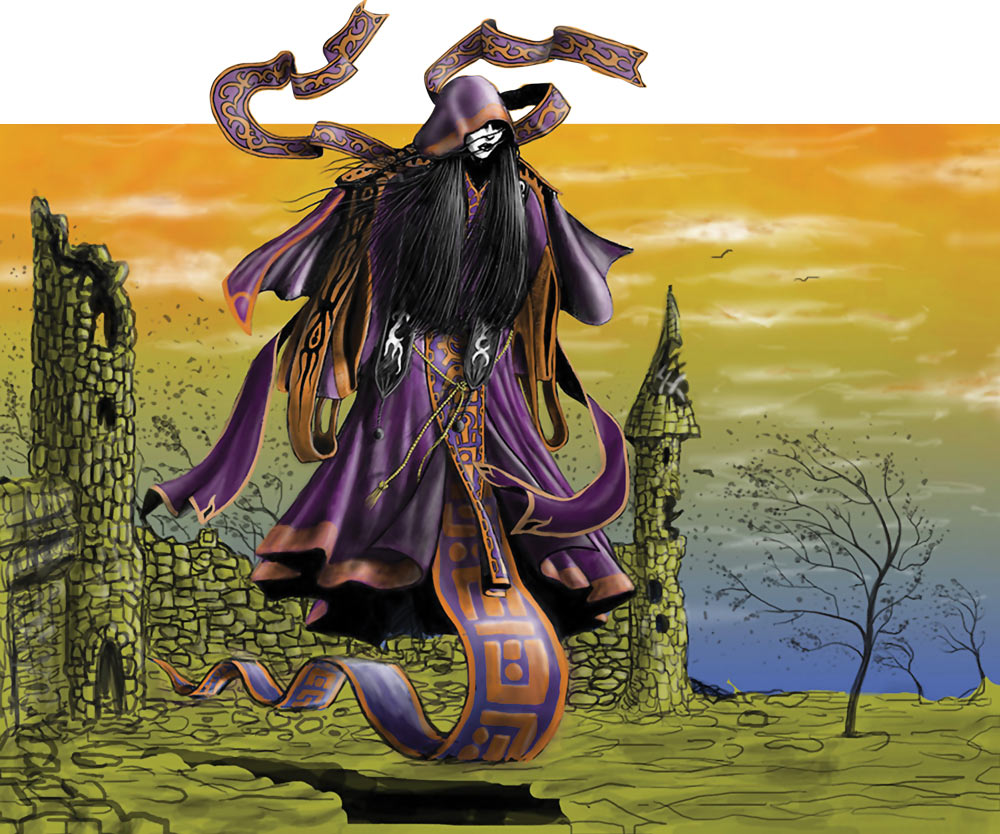
III. Mystic Places
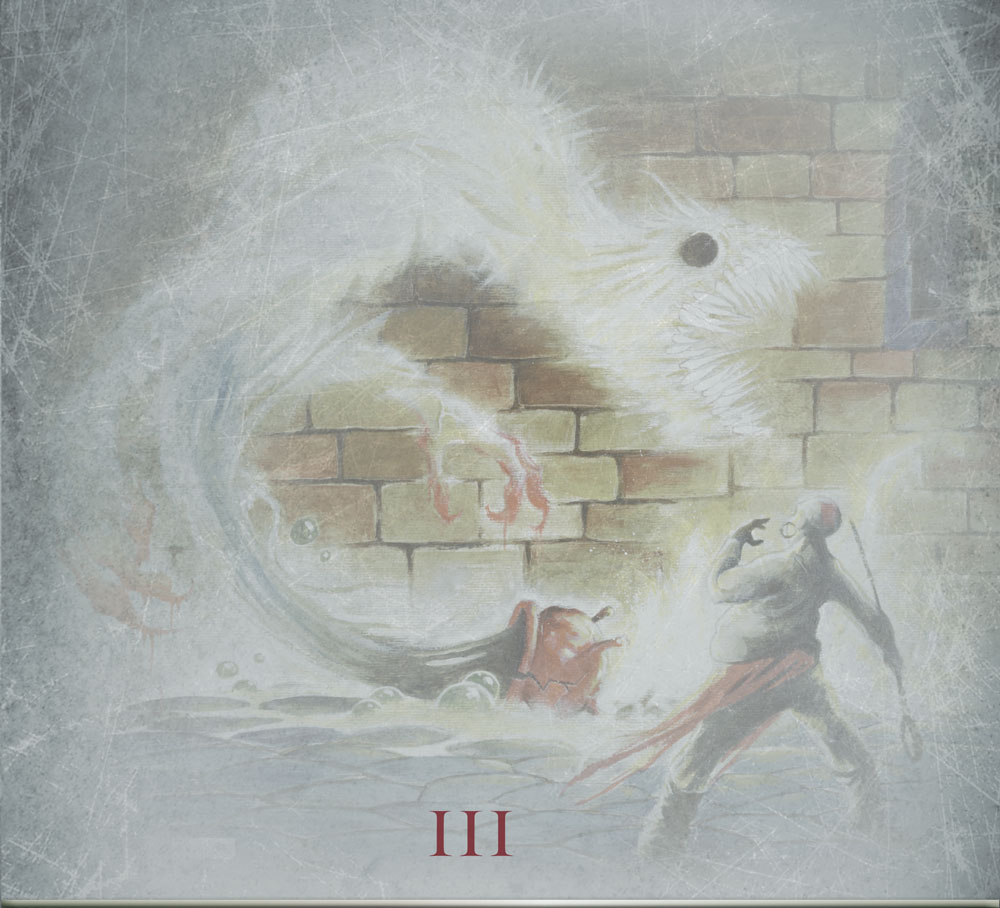
Ritual sites and danger zones
Certain natural meeting places or cult places where rituals took place had a special mystical purpose. Many Slavic rites were gradually “degraded” into folk customs, the meaning of which was forgotten over time, which refer to the three most important moments in human life: birth, marriage, and death; many religio-magical rituals are grouped around these events: godfatherism, carrying the bride over the threshold, visiting the hearth when introducing the bride to the new community, covering the mirror and spilling water in case of death, and similar, and all of them imply certain special places that were in the center of the ritual. Even today, in the consciousness of the Slavic peoples, there are places that especially attract demonic beings and that every person should avoid, especially at night, such as cemeteries, mills, landfills, bridges, crossroads, various holes, pits and caves…
Idol sites
Coming soon.
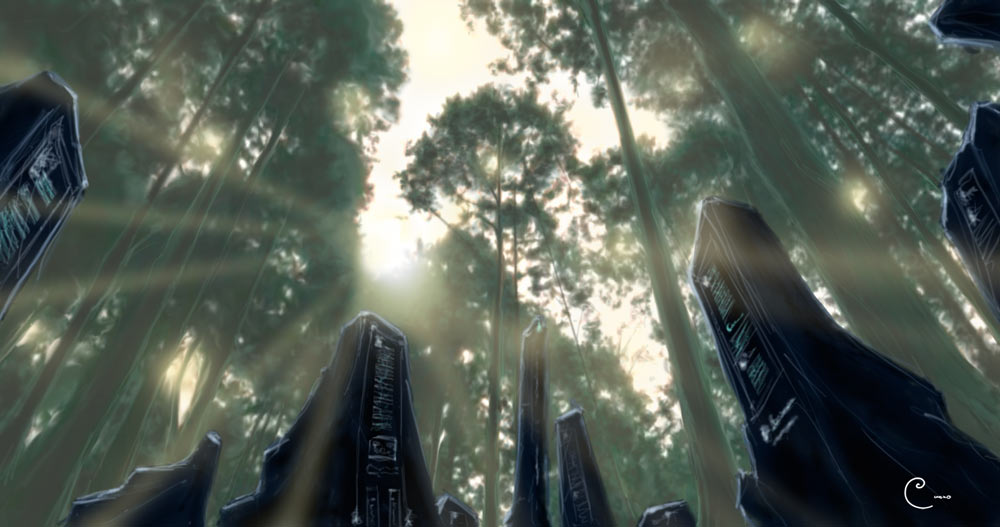
Cemeteries
Coming soon.
Watermills
Coming soon.
Fairy circle
Coming soon.
Bridges and crossroads
Coming soon.
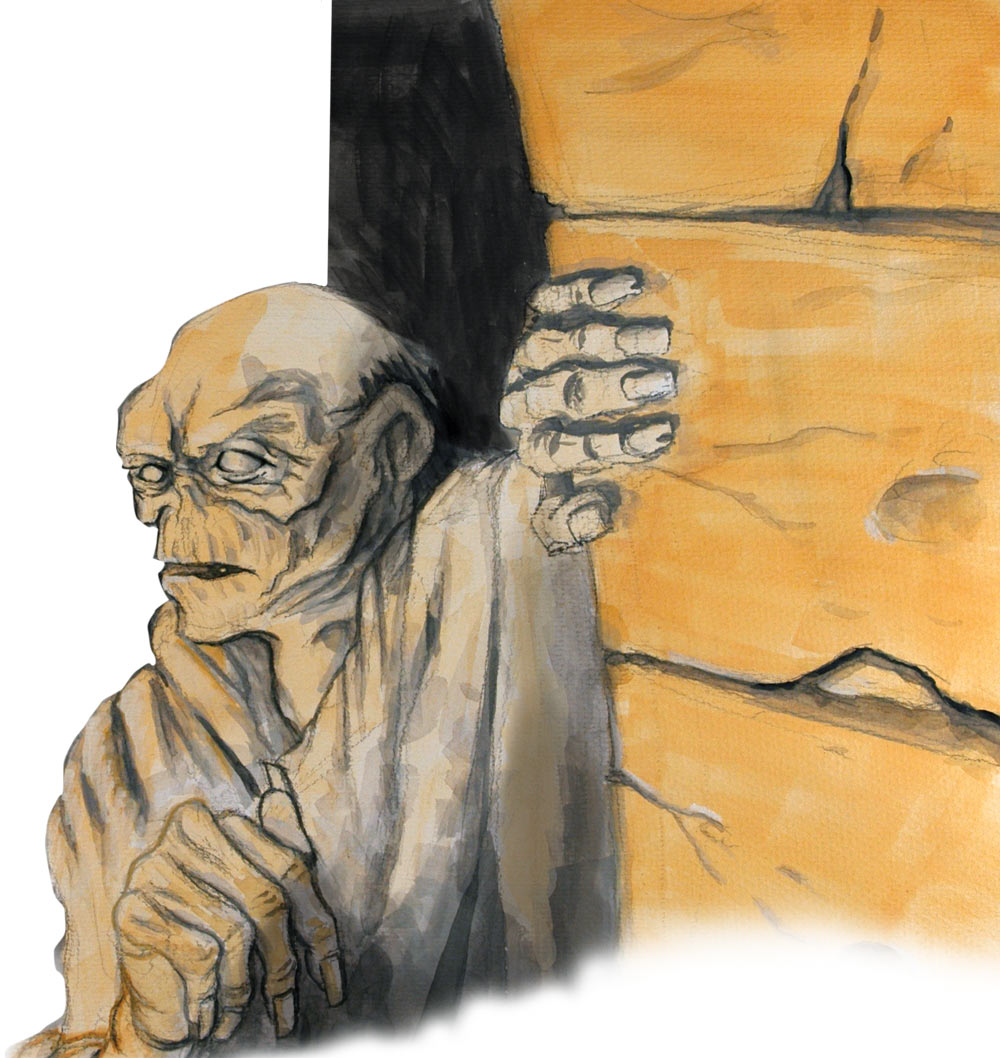
Pits and caves
Coming soon.
Raj and Nav
Coming soon.
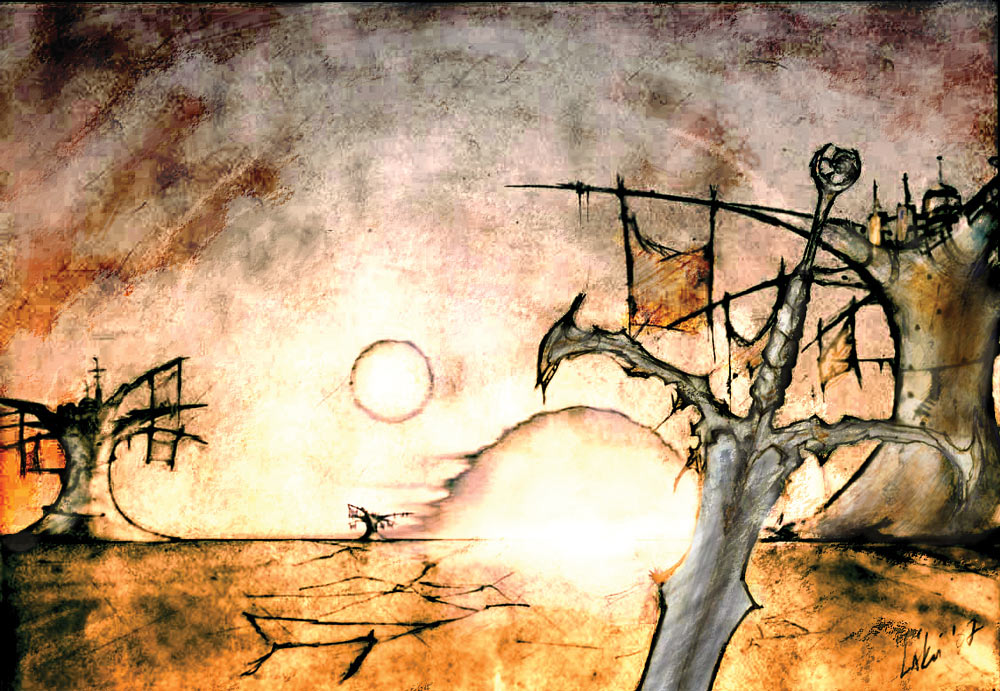
Mythical toponyms
Coming soon.
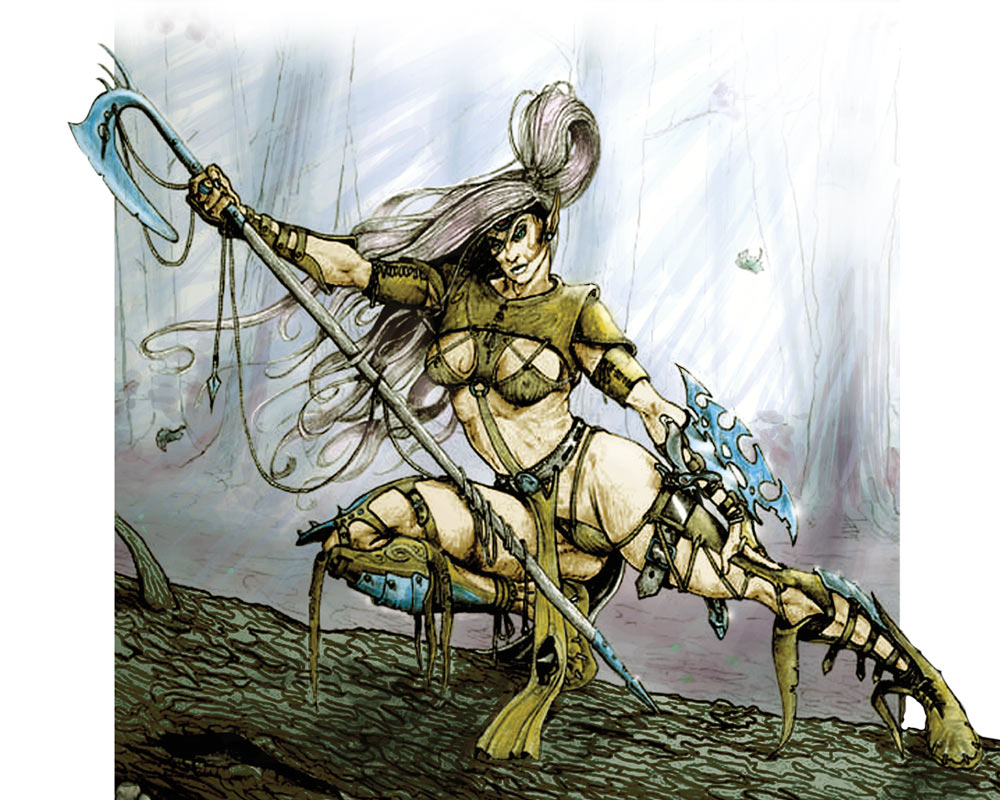
IV. Magic
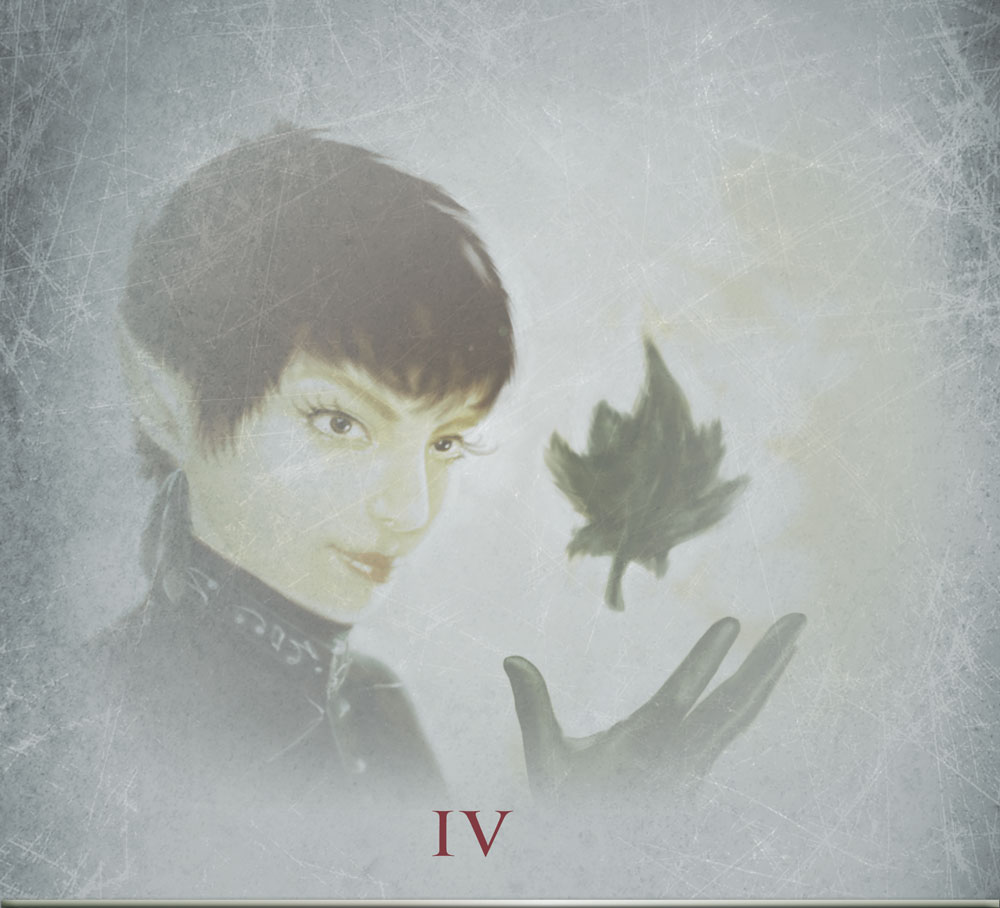
Magic and religion are in a way very similar: through the former, man tries to control nature and mystical forces directly with spells and chants, while through the latter, control over the same nature and mystical forces is left to the deities, on whom man exerts an indirect influence through complex religious rites; Freud goes so far as to consider magic merely a technique of religion. Magic refers to actions performed in order to cause specific positive (“white” magic) or negative events (“black” magic) in the future, as well as all protective actions that should safeguard a person from the influence of other people’s magical actions. Magic is learned almost like a craft, but aside from this “studied” magic, which is the most common, individuals are born with abilities that can be considered magical.
More chapter introductions coming soon.
V. Mythic Beings
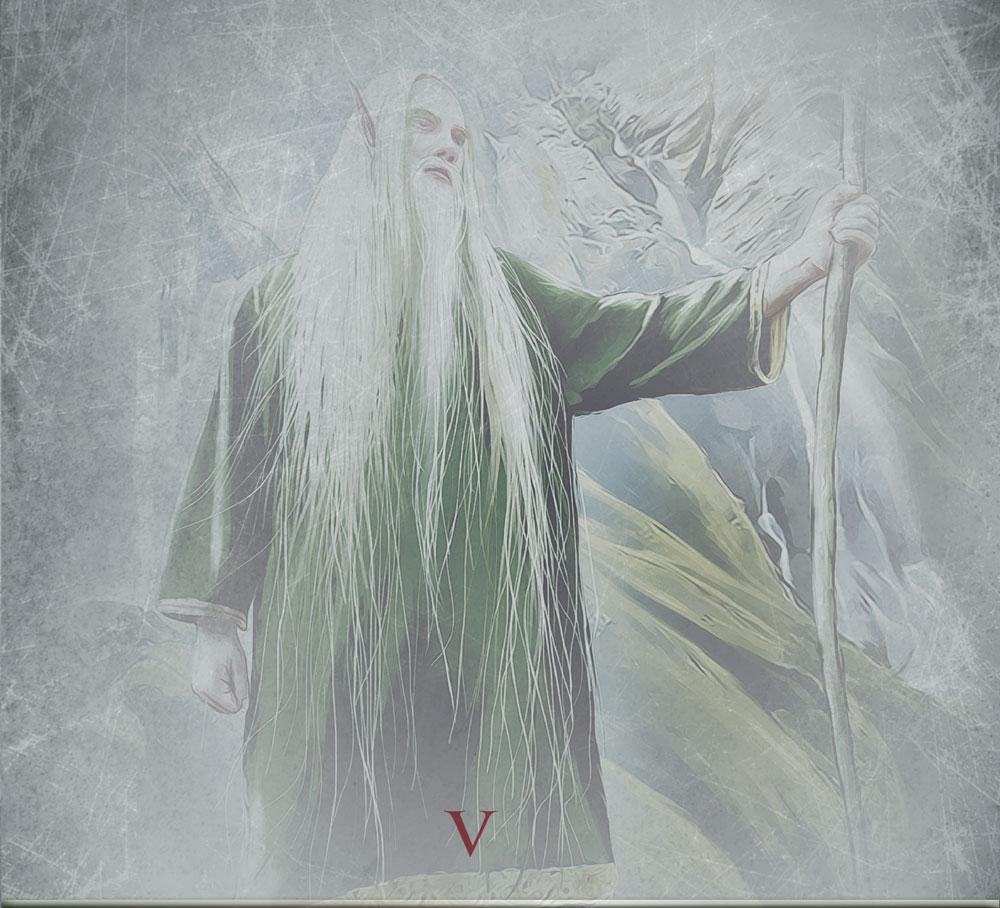
Many mythical creatures are associated with the moon. Instead of the current twelve months, we could divide the year into thirteen “moon cycles” of twenty-eight days each. And the week, a period of seven days, probably originated as the time between the two lunar phases. Crippled mythical creatures, according to popular belief, represent the moon. Lame was even the leader wolf, the embodiment of the god Dajbog, who is also the mythical ancestor of all Serbs, and perhaps of Slavs in general. This indicates that Dajbog, primarily a sun god, could also represent a lunar being in the period of his “decline”. Vile (fairies) are also associated with the moon, especially when they play in the fields or on the banks of rivers and springs in the dead of night. Mythic animals are also tied to the lunar cult, above all mythical horses, but also almost all other mythical creatures of the ancients Slavs.
More chapter introductions coming soon.
